Loreto tetra - Hyphessobrycon loretoensis
Scientific name: Hyphessobrycon loretoensis
Common name: Loreto tetra
Family: Characidae
Usual size in fish tanks: 2 - 3 cm (0.79 - 1.18 inch)
014
Recommended pH range: 5.9 - 7
Recommended water hardness: 3 - 15°N (53.57 - 267.86ppm)
0°C 32°F30°C 86°F
Recommended temperature range: 22 - 25 °C (71.6 - 77°F)
The way how these fish reproduce: Spawning
Where the species comes from: South America
Temperament to its own species: peaceful
Temperament toward other fish species: peaceful
Usual place in the tank: Top levels
Overview
The Loreto Tetra (Hyphessobrycon loretoensis) is a small and peaceful freshwater fish native to South America. These fish thrive in well-maintained aquariums with subdued lighting, driftwood, and a fine sand substrate. Their active schooling nature makes them a great addition to community tanks.
Origin and Natural Habitat
The Loreto Tetra is found in the Amazon River Basins of Peru. They inhabit slow-moving blackwater streams and tributaries, where the water is soft and slightly acidic. Their environment is often shaded by overhanging vegetation and filled with decaying organic matter, giving the water a dark, tannin-rich appearance.
Appearance and Size
These tetras are small, reaching an adult size of about 2 - 3 cm (0.79 - 1.18 inches). They have a slender body with a subtle shimmer, making them a visually appealing addition to a planted or natural-style aquarium.
Tank Requirements
- Tank Size: A minimum of 40 liters (~10 gallons) is recommended for a small group.
- Water Parameters:
- pH: 5.9 - 7.0
- Water Hardness: 3 - 15°N (53 - 267 ppm)
- Temperature: 22 - 25°C (71.6 - 77°F)
- Tank Setup: Use subdued lighting to replicate their natural habitat. Provide plenty of driftwood or bogwood and use a sand substrate. While live plants can be added, they are not commonly found in their wild environment.
Temperament and Tank Mates
Loreto Tetras are peaceful schooling fish that should be kept in groups of at least 6 individuals. They coexist well with other small, non-aggressive fish, including dwarf cichlids, Corydoras catfish, and other small tetras. Avoid housing them with large or aggressive species that may see them as food.
Feeding and Diet
Loreto Tetras are omnivorous and thrive on a varied diet:
- High-quality flake or small granules as the staple diet
- Live or frozen foods such as brine shrimp, bloodworms, and tubifex
- Occasional vegetable-based foods to maintain a balanced diet
Feeding them a diverse diet helps enhance their color and overall health.
Sexing
Females tend to be slightly larger and plumper than males, especially when carrying eggs.
Breeding
Breeding Loreto Tetras can be achieved under the right conditions:
- Use a separate breeding tank with subdued lighting.
- Add Java moss or spawning mops to provide a safe place for eggs.
- Keep a small group with both sexes and condition them with live foods.
- After spawning, remove the parents to prevent egg predation.
- Eggs should hatch within 24 - 36 hours, and fry can be fed micro worms as their first meal.
Lifespan
With proper care, Loreto Tetras typically live between 2 to 3 years in captivity.
Conclusion
The Loreto Tetra (Hyphessobrycon loretoensis) is a fascinating and peaceful species that adds movement and charm to community aquariums. Their small size, easygoing temperament, and unique natural habitat make them an excellent choice for aquarists looking to replicate an Amazonian blackwater environment.
Pictures
Bought by aqua-fish.net from jjphoto.dk.
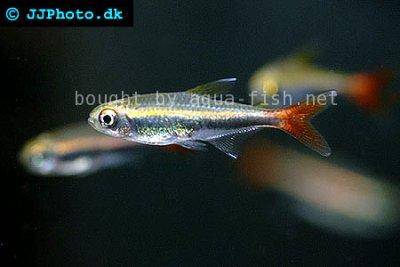


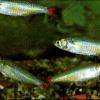 Bloodfin
Bloodfin 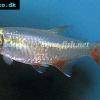 Bloodfin
Bloodfin 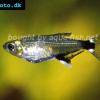 Panda
Panda 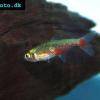 Green
Green 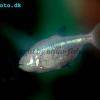 Blind
Blind 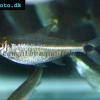 Kennedy
Kennedy 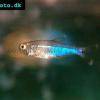 Blue
Blue 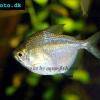 Discus
Discus 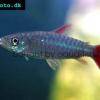 Pink
Pink 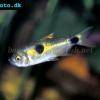 Bucktoothed
Bucktoothed 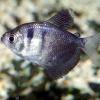 Black
Black 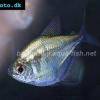 False
False 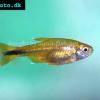 Silver
Silver  Hemigrammus
Hemigrammus 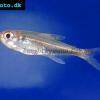 Dash-dot
Dash-dot 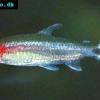 Rummy
Rummy 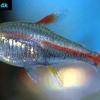 Glowlight
Glowlight 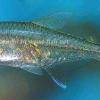 January
January 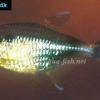 Head
Head 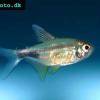 Garnet
Garnet 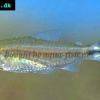 Rummy
Rummy 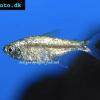 Gold
Gold 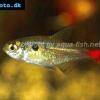 Red
Red 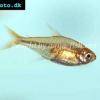 Ember
Ember 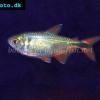 Buenos
Buenos 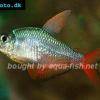 Colombian
Colombian 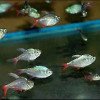 Ecuador
Ecuador 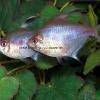 Bleeding
Bleeding 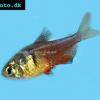 Flame
Flame 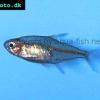 Georgett’s
Georgett’s 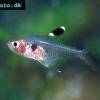 Griems
Griems 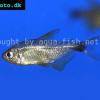 Kitty
Kitty 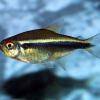 Black
Black 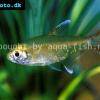 Firefin
Firefin 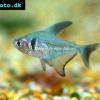 Black
Black 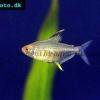 Lemon
Lemon 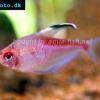 Redback
Redback 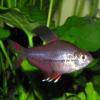 Rosy
Rosy 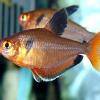 Serpae
Serpae 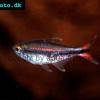 Savanna
Savanna 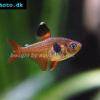 Red
Red 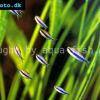 Blue
Blue 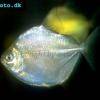 Silver
Silver 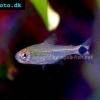 Ceros
Ceros 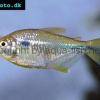 Napo
Napo 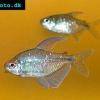 Diamond
Diamond 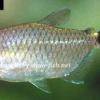 Red
Red 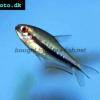 Rainbow
Rainbow 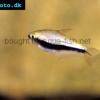 Emperor
Emperor 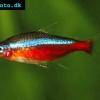 Cardinal
Cardinal 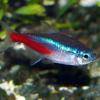 Neon
Neon 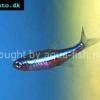 Green
Green 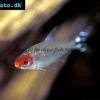 False
False 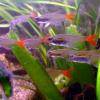 Glass
Glass 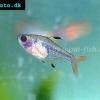 X-ray
X-ray 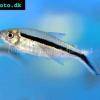 Penguin
Penguin